10+ Years Experience
Specialist Horse Menages

As a show jumping enthusiast, you understand the importance of having a well-organised and safe arena.
Are you giving your show jumps the attention and care they deserve? In this blog post, we’ll guide you through the process of “how to store show jumps in an arena” effectively, ensuring their longevity, safety, and ease of access.
From choosing the right storage method to weatherproofing and safety considerations, you’ll be well-equipped to keep your arena in tip-top shape.
Selecting the best storage method for your show jumps is crucial for maintaining their condition and ensuring easy access during setup.
Factors such as available space, budget, and accessibility should be taken into account when deciding on a storage solution.
One primary concern when storing poles and planks is to raise them off the ground, which helps prevent damage and prolongs their lifespan.
Although there may not be dedicated facilities for storing your jumps, carrying them to a suitable storage area is essential.
Keep in mind that leaving large gaps in the arena is not a good idea, as it could cause the jumps to tip over.
By considering your specific needs and following these guidelines, you’ll be able to choose the right storage method for your jumps, ensuring their safety and longevity.
Proper organisation and stacking of poles are essential for easy access and stability for customers.
A well-ordered storage system helps minimise the risk of accidents and ensures that your equipment remains in good condition while you carry out your tasks.
By keeping your stuff organised, you can further enhance the efficiency of your workspace.
In the following subsections, we’ll delve into creating a pair of poles for easy access and maintaining stack stability.
Grouping poles by size and colour not only improves organisation, but also simplifies access and reduces setup times.
There are several methods available for pairing poles, including rectangular pole holders capable of accommodating 10-15 poles or planks, show jump pole tidy bases, and jump pole racks that can be affixed to fences or walls.
The benefits of pairing poles are numerous, and safety should always be a top priority.
Ensure that your poles are securely stored and that adequate distance is maintained between them to prevent instability.
By following these guidelines, you’ll enjoy a more efficient and safer show jumping experience.
Ensuring that your pole stacks are stable and secure is crucial for preventing accidents and damage.
To achieve stability in an arena, consider using jump stands with heavy feet and a narrow upright.
Alternatively, an area outside the gate can be used to stack poles, blocks, and wings with a bucket or trug for jump cups.
Securing pole stacks against strong winds is also critical for preventing standards from tipping over.
By maintaining stack stability and following proper storage techniques, you’ll create a safe environment for both riders and horses.
Now that we’ve discussed organising and stacking poles, let’s explore various storage solutions for your jump equipment.
Whether you prefer DIY storage solutions or commercial options, there are plenty of ways to keep your show jumps secure and accessible.
DIY storage solutions can include using a pegboard to hang your poles, or using a wall.
For those who enjoy a more hands-on approach, DIY storage solutions offer a cost-effective and inventive way to store your show jumps.
Materials such as MDF board, plywood, and 2x4s are suitable for creating custom storage solutions.
One example of a DIY storage solution is a unit constructed of cinder blocks and poles, capable of accommodating approximately 10-15 poles or planks.
DIY storage solutions provide the opportunity to tailor your storage system to your specific needs and preferences.
With a little creativity and effort, you can create a functional and organized storage space for your show jumps.
If DIY solutions aren’t your cup of tea, commercial storage systems designed specifically for show jumps are also available.
These systems include pole racks and jump sets, offering enhanced security and efficiency compared to other storage options.
When investing in commercial storage options, consider the dimensions and weight of the units, the amount of space available, and your budget.
By choosing the right commercial storage solution, you’ll enjoy convenient access to your jumps and the ability to accommodate multiple jumps simultaneously.

Protecting your show jumps from the elements, especially during winter, is vital for maintaining their condition and ensuring their life.
In the following subsections, we’ll discuss wind protection and moisture management techniques to help you weatherproof your storage area.
Wind protection is essential for keeping your show jumps in good condition for many years. You can use a tarp.
Strong winds can cause significant damage to your show jumps and pose a risk to both riders and horses. To prevent accidents, it’s essential to secure your storage area against gusts of wind.
Show jumps constructed with plastic or polypropylene materials and featuring weighted feet or bases are the most effective for wind protection.
Another method to protect your jumps from wind is by anchoring them with sandbags or weights or utilising windbreaks such as trees or walls to reduce wind speed.
By implementing these wind protection measures, you’ll safeguard your jumps and ensure a safe environment for all.
Keeping your show jumps dry and free from moisture-related damage is crucial for preserving their lifespan.
To store your jumps properly, place them in an upright position on a flat, level surface. To protect your jumps from moisture, use a waterproof tarp or other waterproof material.
Regular inspections and reapplication of waterproof materials, as necessary, will help maintain the moisture protection of your jumps.
With these moisture management techniques in place, you can rest assured that your show jumps will remain in top condition.
As your show jumping skills progress and your collection of jumps expands, it’s essential to plan your storage area with future growth in mind.
One way to accommodate additional jumps and equipment is by using jump chutes and grids. These systems enable you to add more jumps and equipment as needed.
To expand your jump chute or grid, simply add the necessary jumps and equipment to facilitate growth.
By planning for growth, you’ll ensure that your storage area remains organised and efficient, no matter how many new jumps you acquire.
Safety should always be a priority when storing show jumps. Proper stacking techniques and securing equipment can significantly reduce the risk of accidents and injuries.
Factors such as the size of the horse and the skill level of the rider should be taken into account when determining the height and width of show jumps.
To ensure a safe jumping experience, it’s crucial to maintain a safe distance from other exhibitors and pass with caution.
By prioritising safety and following proper storage procedures, you’ll create a secure environment for everyone involved in your show-jumping activities.
In conclusion, effectively storing your show jumps is essential for maintaining their condition, ensuring safety, and providing easy access during setup.
By choosing the right storage method, organising and stacking poles properly, and weatherproofing your storage area, you’ll create a well-ordered and secure environment for your show jumps.
As you continue to grow in your show-jumping journey, always prioritise safety and plan for expansion, ensuring that your arena remains a source of joy and accomplishment for years to come.
If you would like to find out more about the range of services we offer from building a horse arena to show jump storage ideas, please get in touch with our team.
A mobile pole caddy is a great way to store your show jumping poles and keep them in good condition. It helps protect them from damage or rotting when not in use.
When choosing a storage method for your show jumps, consider factors such as available space, budget, and accessibility to ensure you make the most suitable selection.
Take into account the size of the jumps, the number of jumps you need to store, and the type of storage you need.
Consider the cost of the storage solution, the ease of access, and the security of the storage. Think about it.
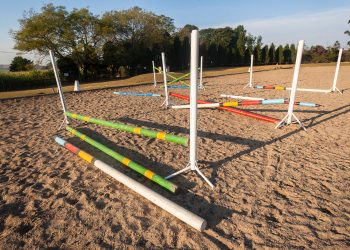
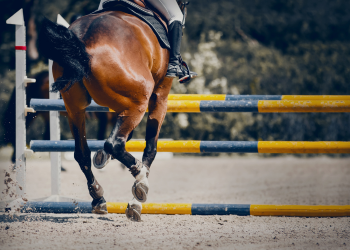
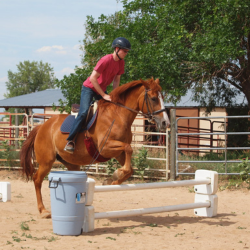
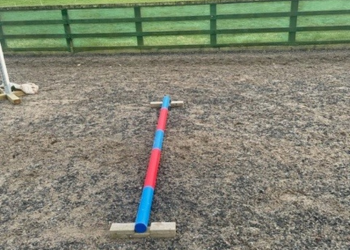


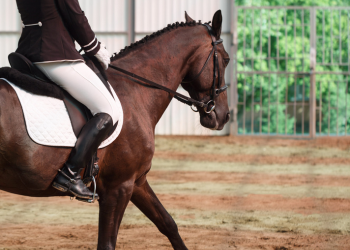


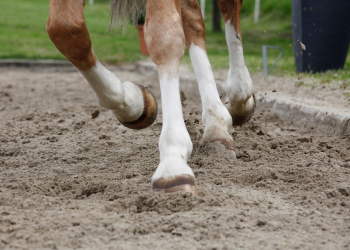
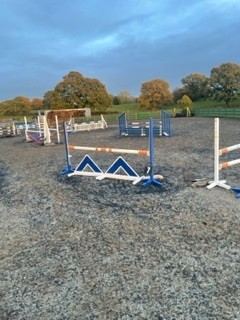
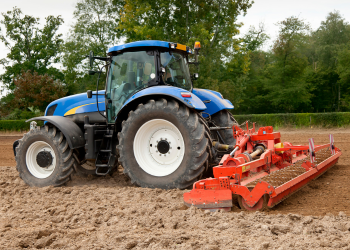

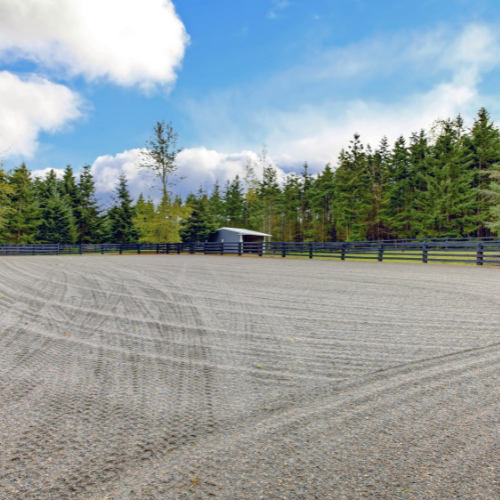

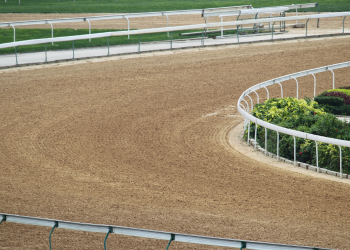

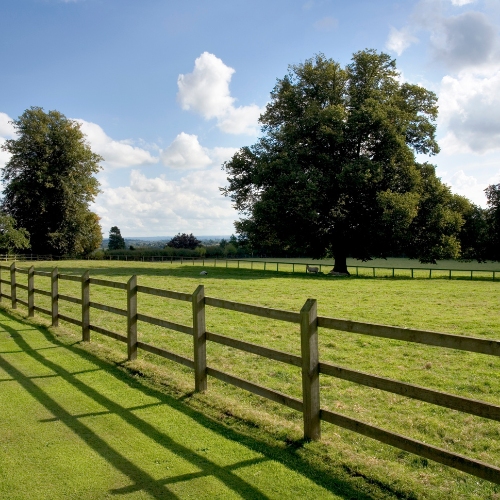

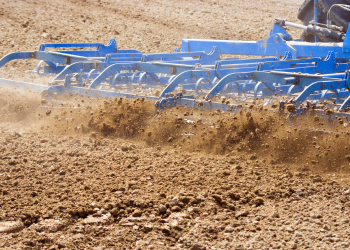
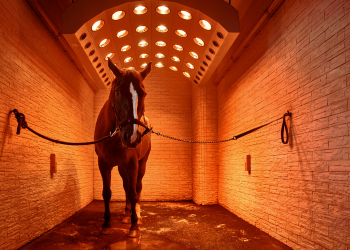

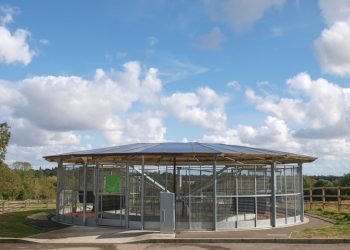
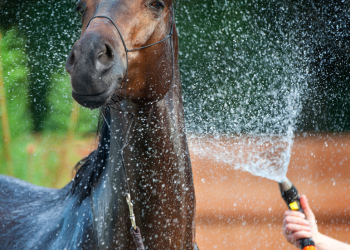

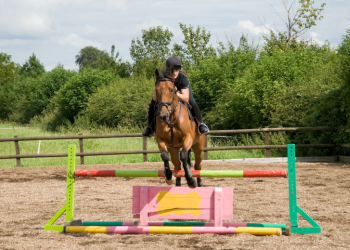
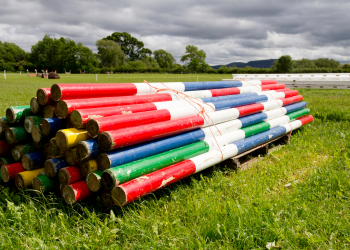

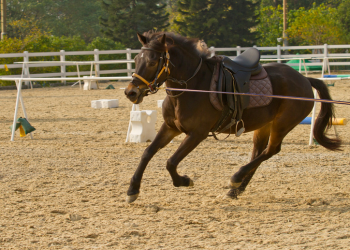

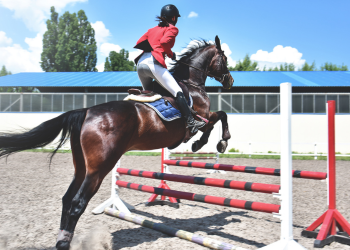

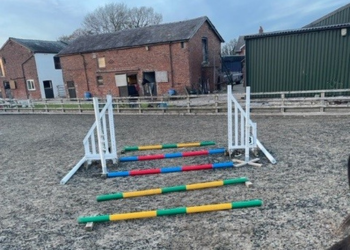

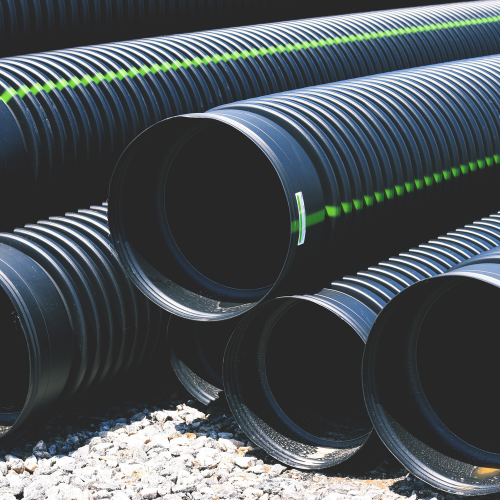
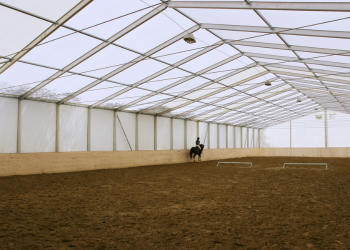
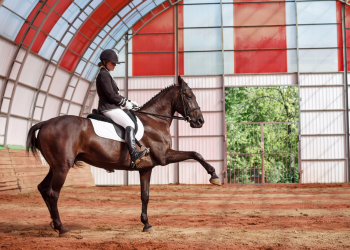
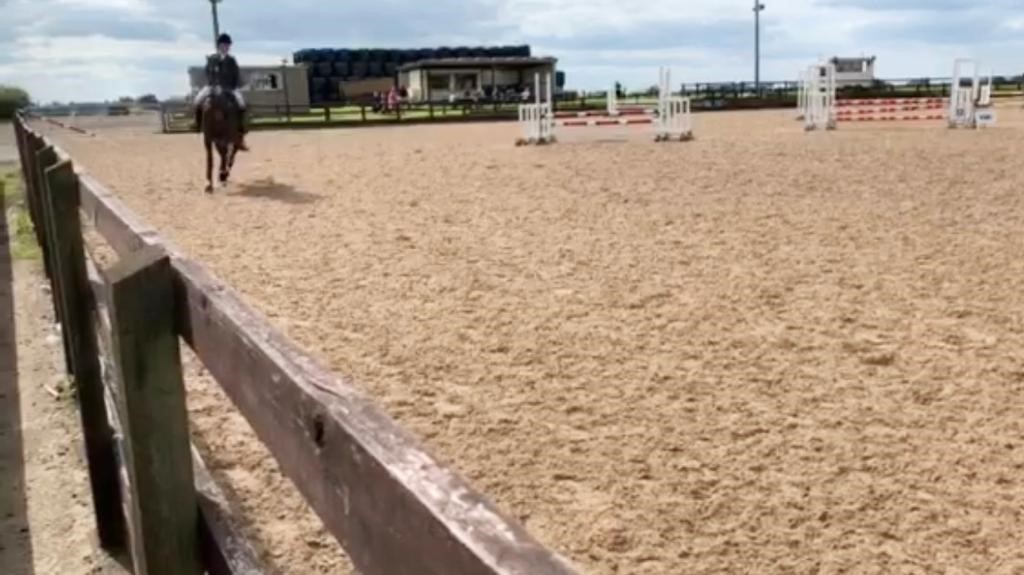



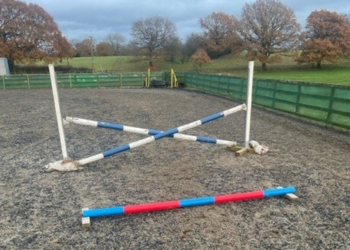


We Aim To Reply To All Enquiries With-in 24-Hours